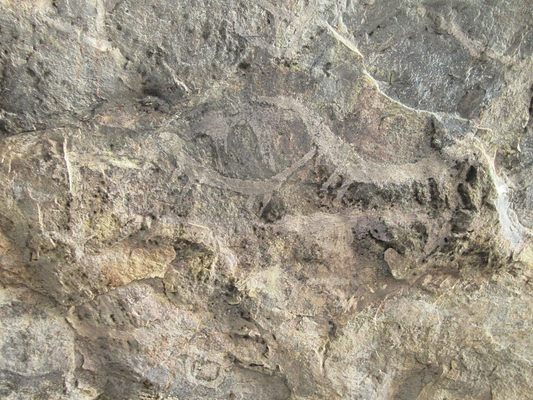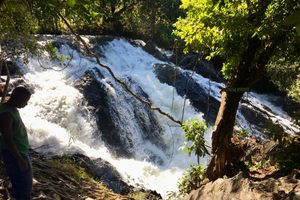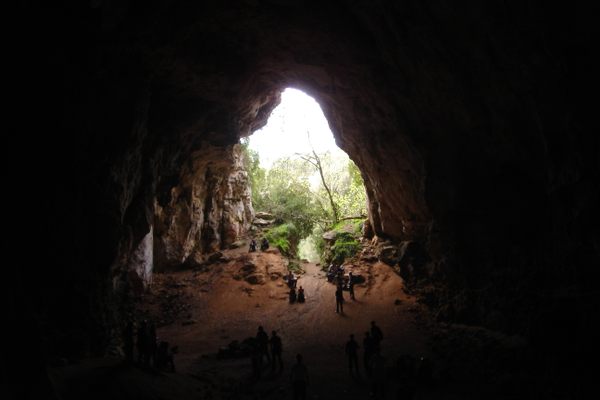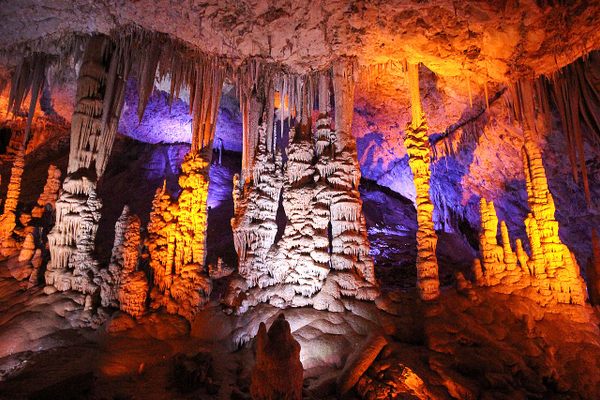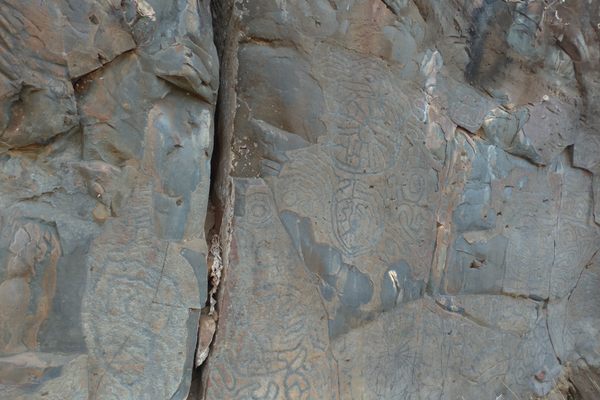About
This cave is a must-see for any archaeology enthusiast. Excavations into its floor have revealed a long and detailed history of human habitation, dating to as far back as 15,000 to 20,000 years ago. In the pre-colonial era, the cave was also used by the Bisa and Lala people to hide from the Bemba and Ngoni raids.
Archaeological digs have discovered evidence of three distinct Stone Age industries, dubbed Nachikufan I, II, and III. It’s the best such stone age sequence in Zambia, and does more than just hint at the area’s human history.
In addition to the archaeological evidence, the cave contains several rock paintings, though many are unfortunately quite faded and difficult to see. There are three different types of paintings, including the only black rock paintings in Zambia. The earliest paintings include red, geometric paintings, and naturalistic paintings of elephants, antelope, and other animals done in a black silhouette. The most recent paintings are done in greasy white paints and depict tools and unidentified animals.
The cave contains several small displays depicting enhanced pictures of the drawings in the cave, along with artifacts excavated in the cave. The displays explain the history of the site’s human habitation and are useful for explaining its archaeological history. In addition, viewpoints outside the cave provide excellent vantage points of the beautiful surrounding landscape.
Related Tags
Know Before You Go
The caretaker for the site lives just along the road on the way to the site, and will come to the cave when he sees cars or visitors passing by. The caretaker has the key to open the gate to the cave. If he doesn't arrive shortly after you park at the cave, his phone number is posted on the nearby sign. Parking is available at the site and it is accessible during daylight hours.
Community Contributors
Added By
Published
September 20, 2018

